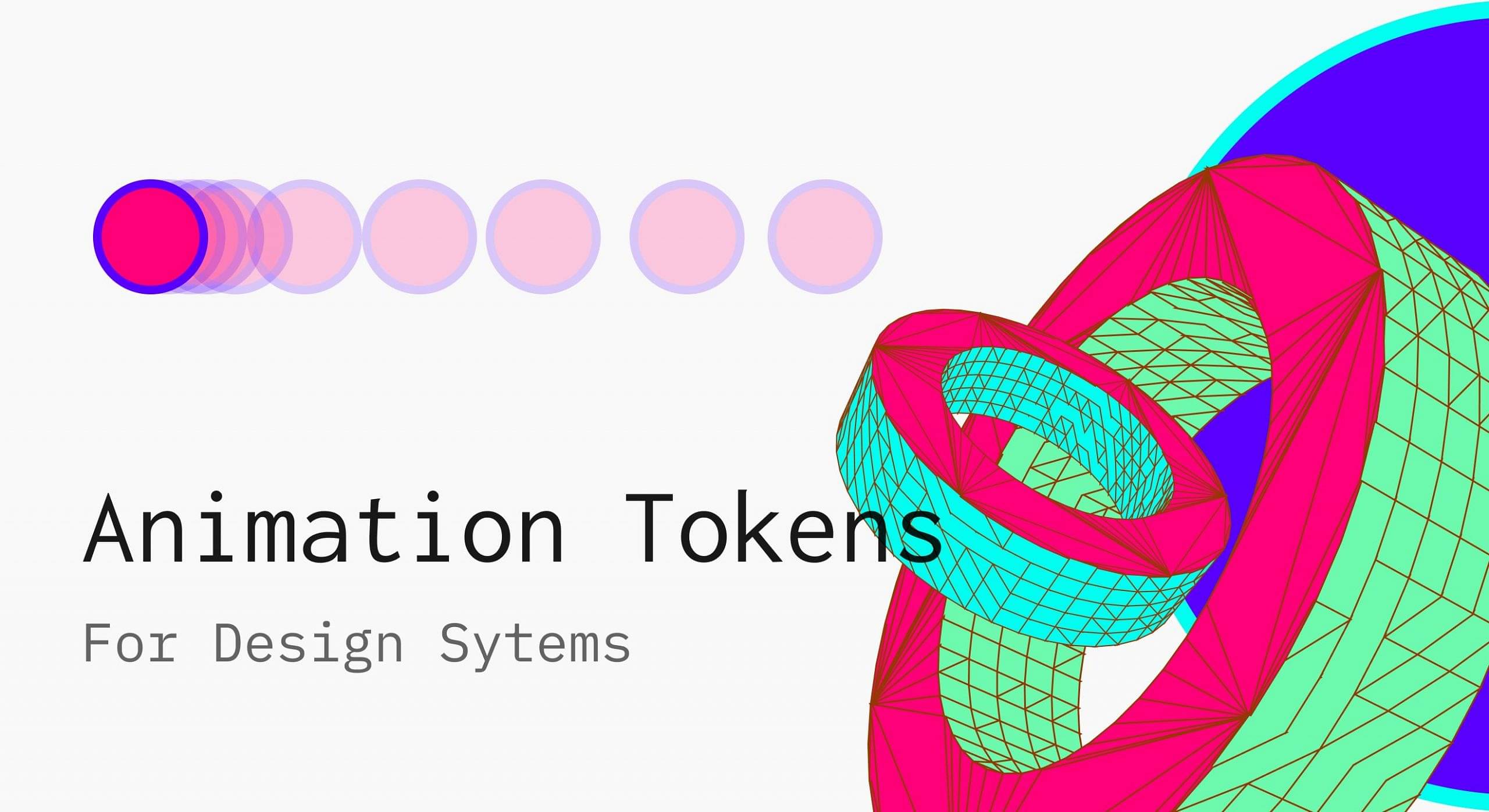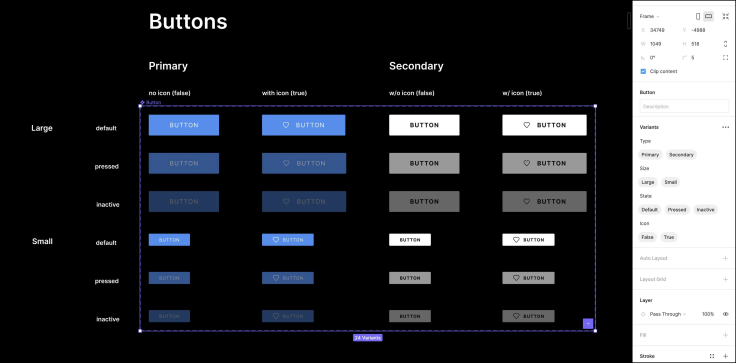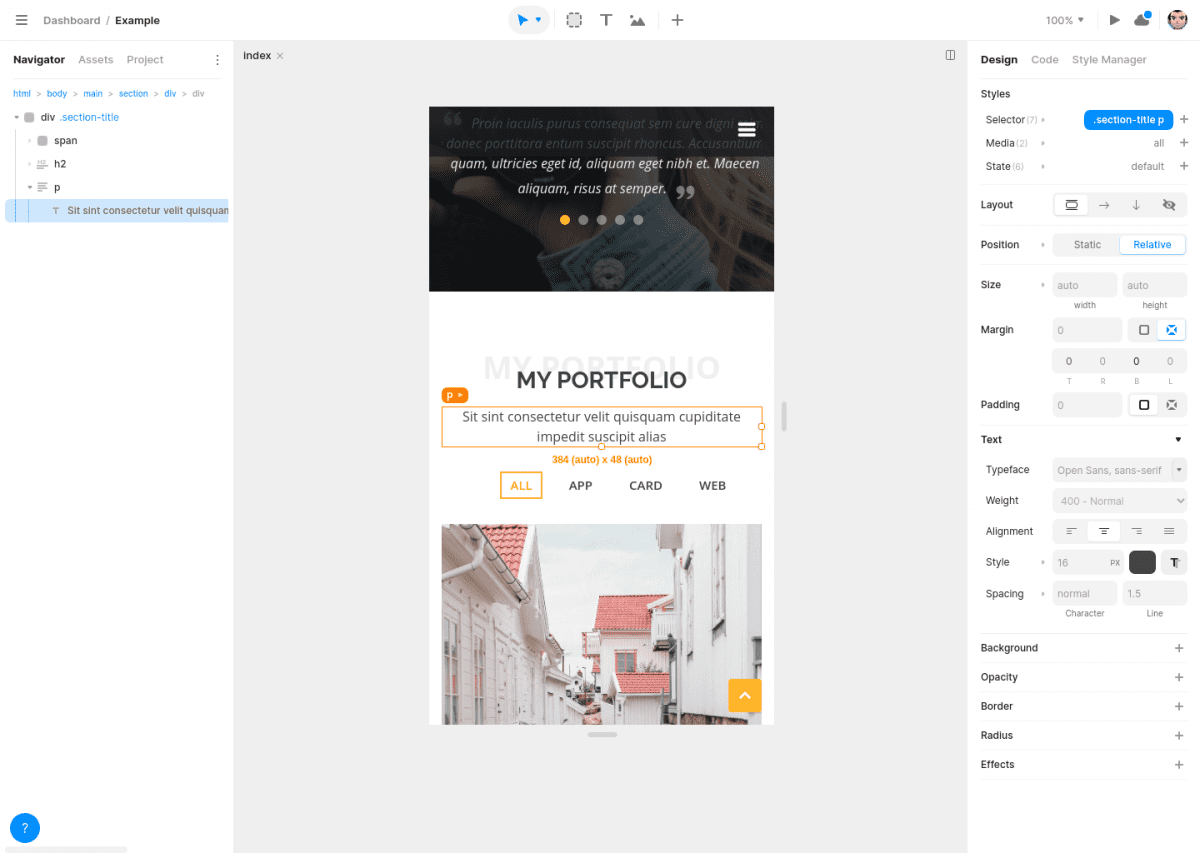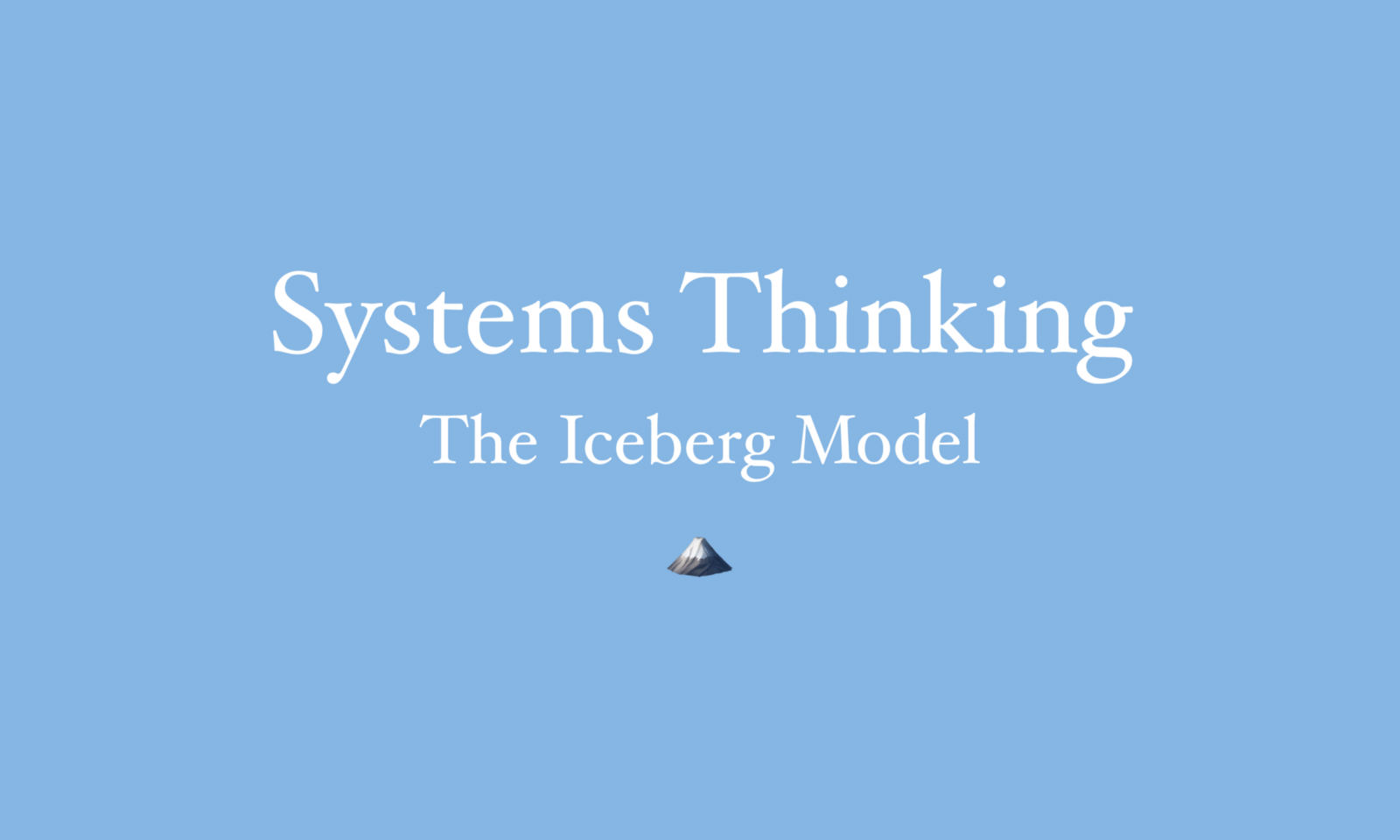
Systems Thinking: The Iceberg model
Animation/Motion Design Tokens for Complex Design Systems
Fundamentally speaking (with no regard for the platform), an animation lets an element gradually change from one state to another. Each animation needs at least these four parts: trigger, duration, easing, and property.
All you need to know to start using Variants in Figma
Figma released an update last week to bring the Variants feature to everyone. Variants were first announced back in September, at Config Europe 2020. They’re now available to everyone using Figma in-browser or on the Desktop app.
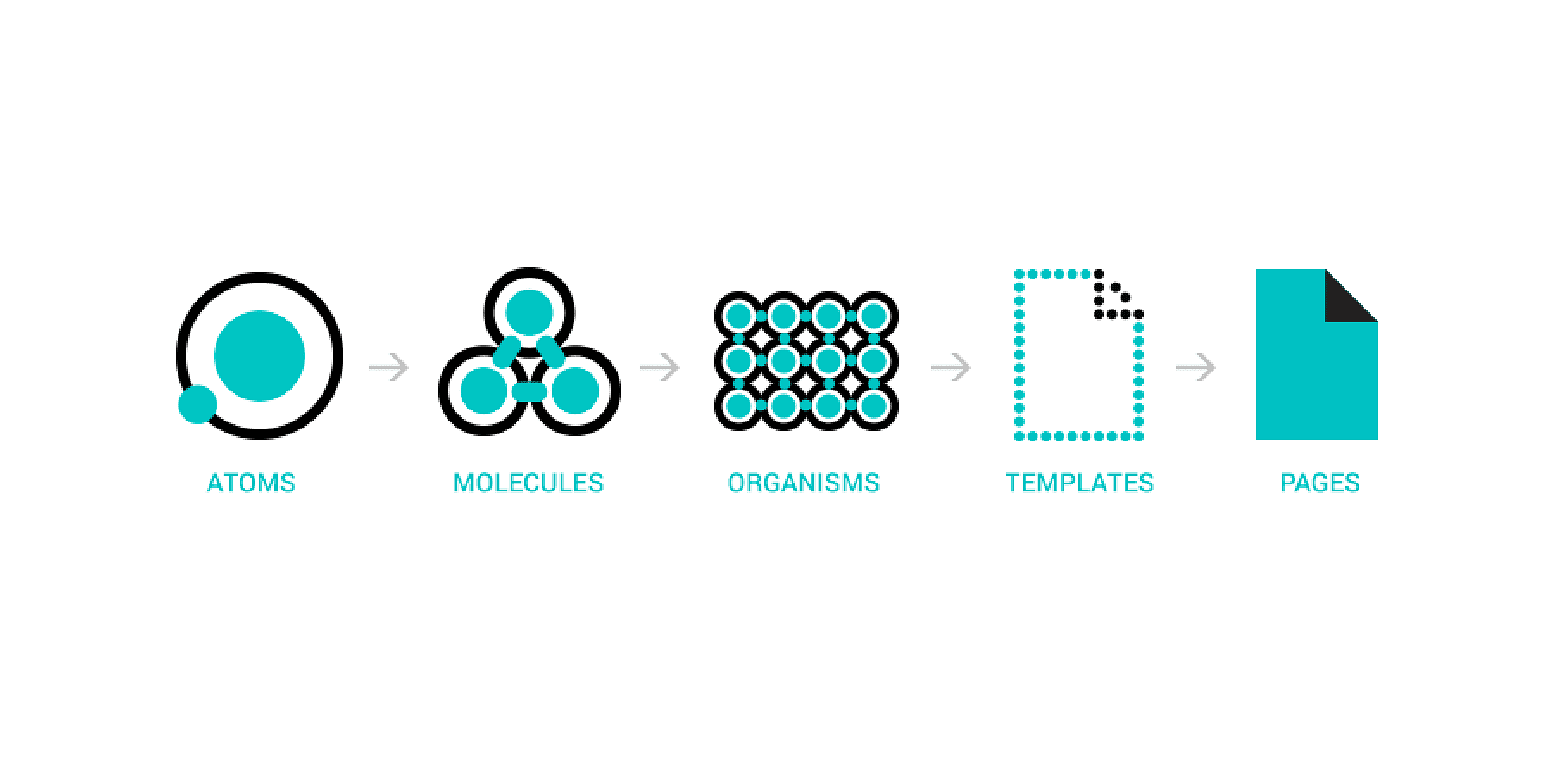
4 things you need to know about Atomic Design
Industries such as Architecture or Industrial Design have developed smart modular systems for manufacturing extremely complex objects like airplanes, ships, and skyscrapers. Inspired by this, Atomic Design was proposed as a system that involves breaking down a website or web application into its basic components so that they can be reused throughout the site.
